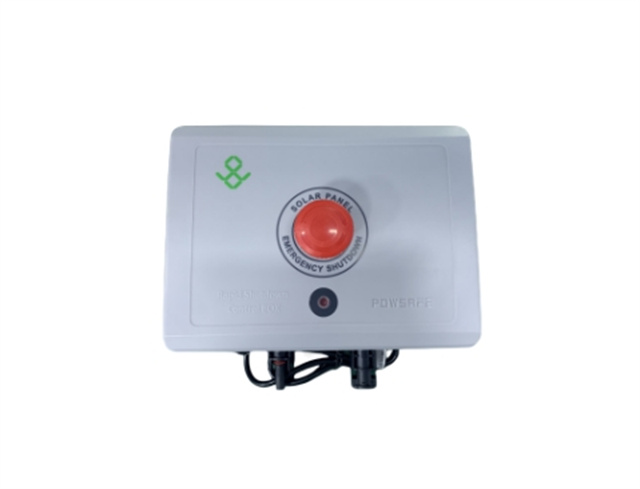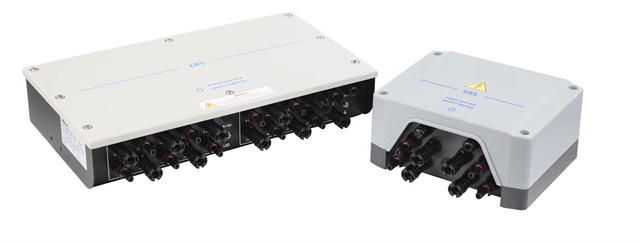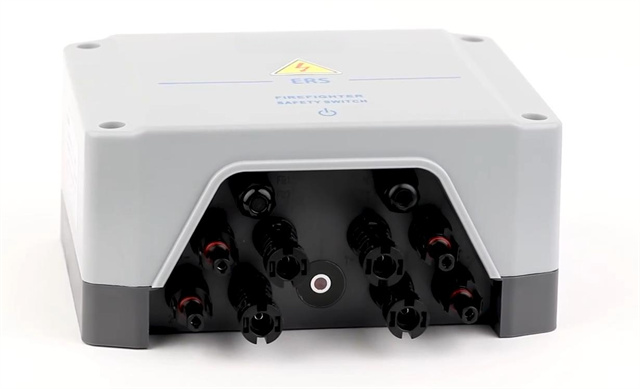Author:BLD Solar Energy SystemFROM:Solar System Converter Manufacturer TIME:2023-11-07
Rapid Shutdown Devices (RSDs) have become an essential part of solar panel installations in recent years. These devices help ensure the safety of individuals and firefighters by cutting off the DC voltage output from solar panels during emergencies. However, installing RSDs can be a bit tricky if proper guidelines are not followed. In this article, we will guide you through some useful tips for installing and troubleshooting RSDs.

Before installing any RSD device, it is crucial to read the manufacturer's guidelines. Different manufacturers produce RSDs that vary in terms of specifications, installation, and troubleshooting methods. Reading the guidelines will help you understand the installation procedures and avoid any potential issues that may occur.

When selecting an RSD device, you need to ensure that it meets your specific installation requirements. For instance, it should be compatible with the solar panel's output voltage, size, and location. Choosing the right RSD device will help guarantee its efficient performance and longevity.

Grounding the RSD device is necessary for ensuring the safety of individuals and firefighters. Proper grounding helps prevent electric shocks and reduces fire hazards. Ensure that you follow the guidelines provided by the manufacturer carefully.
When installing RSD devices, it is advisable to install them in groups of five or more. It ensures reliable communication between RSDs and the system's inverter, making it easier to troubleshoot any issue when they arise. Installing them in groups also helps reduce the number of cables required, making installation cleaner and more straightforward.
It is recommended to maintain at least six inches of clearance between RSD devices when installing them. This spacing allows enough room for airflow and avoids overheating issues, which can damage the RSD device's performance over time.
Cross-talking can occur when two or more RSD devices communicate with the inverter simultaneously. It can cause communication issues between the RSDs and system's inverter, leading to power loss and other problems. To avoid cross-talking, ensure that each group of RSD devices has a unique communication channel.
It is essential to check the compatibility of the RSD devices with the system's inverter. Incompatible RSD devices can lead to communication problems and power loss. Consult with the manufacturer or installer to ensure that the RSD device is compatible with the system's inverter.
Regular maintenance is essential for ensuring optimal RSD device performance. It includes inspecting the RSD devices for any physical damage, ensuring that communication channels are functional, and performing firmware updates as required by the manufacturer's guidelines.
Installing RSD devices is an essential aspect of solar panel installations. It is necessary to follow the manufacturer's guidelines, select the right RSD device, properly ground it, install it in groups, maintain proper clearance, avoid cross-talking, check for compatibility, and perform regular maintenance. By following these tips, you can ensure that your RSD devices perform efficiently and safely.
